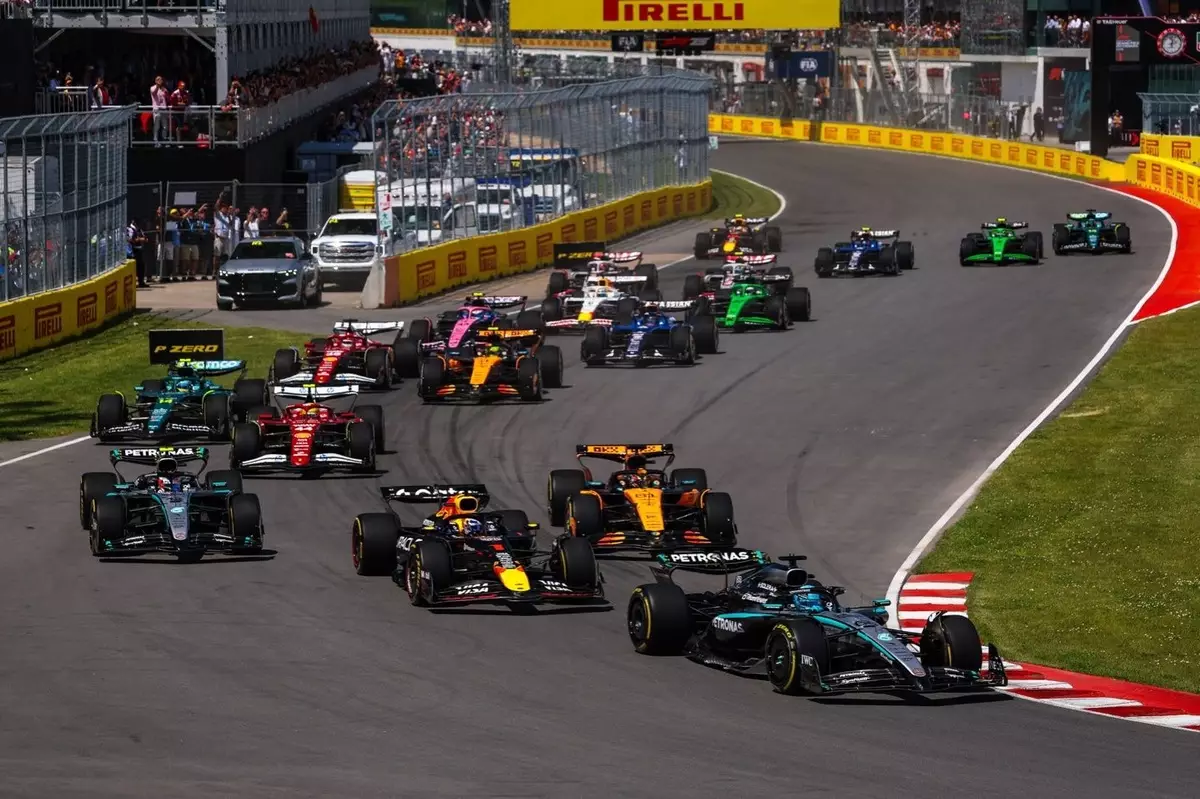In the world of Formula 1 racing, maintaining clarity and fairness on the track is paramount. As the sport continues to evolve, so do the rules that govern it. Recently, the FIA has taken a significant step towards transparency by releasing its updated racing guidelines and penalty system for the 2025 season. This move comes amid persistent calls for more openness in how the sport handles incidents, particularly in light of contentious situations that arose during the past season. The drivers, teams, and fans have long awaited a detailed framework that elucidates the judgment process behind on-track incidents.
The release of these guidelines is a bold move by the FIA to open the doors of governance in a sport that thrives on rapid decision-making and split-second judgments. For years, the guidelines were shrouded in a veil of secrecy, leaving many stakeholders questioning the fairness and consistency of race steward decisions. Now, with these documents available online, clarity is being brought to a realm that has often felt opaque.
Refining Overtaking Maneuvers: New Rules Explained
One of the pivotal enhancements in the updated guidelines concerns overtaking maneuvers. The FIA has introduced specific criteria to evaluate how cars can engage in wheel-to-wheel battles. For example, the latest revisions place weight on the positioning of the overtaking car in relation to the car being overtaken. To have the right to space, the car on the inside must get its front axle at least alongside the mirror of the other car before reaching the apex of the corner. This change significantly favors the car making the overtaking attempt, encouraging aggressive racing while also demanding precise control to avoid chaos on the track.
Conversely, overtaking on the outside has been classified as a more challenging proposition, placing additional emphasis on the overtaking car’s positioning at the apex—where it must have its front axle ahead to be entitled to room. This nuanced approach recognizes the complexity of high-speed racing while ultimately fostering an environment where skill is rewarded, and reckless maneuvers are discouraged.
Furthermore, the guidelines extend to chicanes and S-bends, highlighting that the aforementioned criteria apply to these technical sections of the track as well. Such intricate rules indicate that the FIA is keen to enhance understanding of race dynamics while paying heed to the logistical challenges that drivers face.
Case-by-Case Judgments: The Role of Race Stewards
While the newly published guidelines are certainly informative, it’s crucial to note that they are classified as guidelines rather than strict regulations. This distinction allows race stewards to retain significant discretion in their judgments, which may prevent situations where black-and-white rules become impediments to fair racing. For instance, when evaluating an incident, stewards now consider various contextual factors such as the approaches leading to the incident, the possibility of a ‘late or optimistic’ maneuver, and drivers’ anticipatory abilities.
The inclusion of this evaluative framework underscores the FIA’s recognition of the complexity inherent in racing scenarios. Factors like tyre conditions, vehicle handling characteristics, and the specific nature of the corner being navigated all play critical roles. This multifaceted evaluation system ensures that incidents are not treated uniformly, but rather assessed within the intricacies of each race.
Voices from the Pit Wall: Reactions and Implications
Notably, the release of these guidelines has sparked a dialogue within the F1 community. George Russell, a prominent figure in the paddock, has been vocal about the importance of transparency in governance. He commended the FIA’s move as a step in the right direction for fostering trust and accountability in the sport. As discussions around fairness and the integrity of racing intensify, these guidelines can provide a clearer framework for both competitors and fans.
By delineating the principles behind decision-making, the FIA is not only protecting the sport’s credibility but also enhancing the fan experience. Spectators are often left puzzled by controversial decisions; providing a comprehensive understanding of how such controversies are assessed allows fans to appreciate the intensity and skill involved in the sport more deeply.
The updated F1 racing guidelines mark a significant leap towards a more transparent and fair racing environment. By establishing clear parameters for overtaking and emphasizing the case-by-case judgment process, the FIA sets the stage for a future where the spirit of competition thrives alongside fairness and clarity. As Formula 1 speeds into its next season, it’s crucial for all stakeholders to embrace these changes, ensuring that both the racers and the fans feel aligned with the spirit of the sport.


Leave a Reply